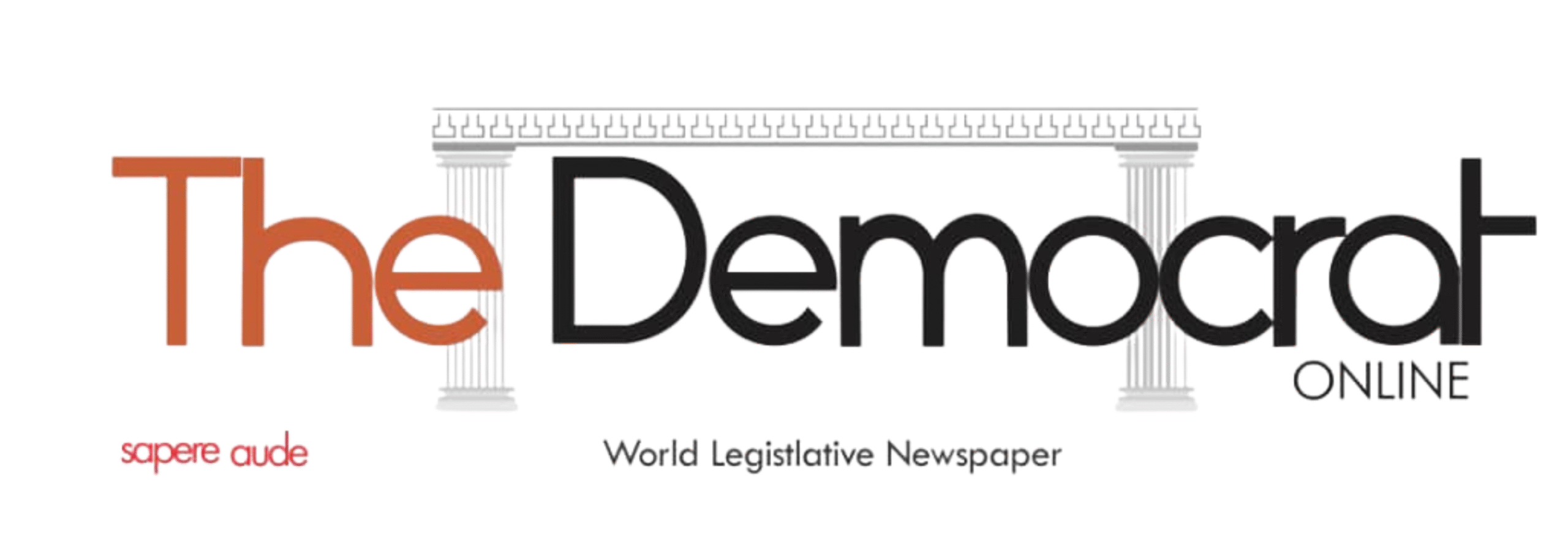Statin side effects: Weigh the benefits and risks
A holistic analysis includes learning the value of and differences between cost-based pricing, competition-based pricing, and customer value-based pricing. Then, you’ll need to find your margin of safety and be able to express that as a percentage. In the example of Sam’s Shoe Store, the break-even analysis determined that he would need to sell 200 pairs of shoes. If he does not, his revenue will be less than his total expenses, and it will be in debt.
Setting a Price to Get to Breakeven
The breakeven point is not static; it can change with varying costs and prices, making sensitivity analysis an essential part of the process. Sensitivity analysis examines how different variables affect the breakeven point, allowing businesses How To Do A Breakeven Analysis With Fixed Cost and Variable Cost to prepare for various scenarios and adjust their strategies accordingly. Fixed costs must be recovered before a business can start generating profits.
Who’s at risk of developing statin side effects?
However, if the company can increase sales to 2,000 bikes per month without increasing fixed costs, the fixed cost per bike drops to $25, significantly lowering the breakeven point. A break-even analysis helps determine how much additional sales volume is needed to offset a price cut. Many companies assume that lower prices lead to higher demand, but in reality, the required volume increase is often unrealistic.
- In this section, we will delve into the intricacies of calculating the break-even point, focusing specifically on the significance of fixed costs.
- By understanding and applying these principles, businesses can navigate their financial landscape with greater confidence, making informed decisions that drive growth and stability.
- Do not take other medicines unless they have been discussed with your doctor.
Sign up for free and stay up to date on research advancements, health tips, current health topics, and expertise on managing health. In the dynamic world of startups, the concept of an exit strategy is as crucial as the initial… While discovering your break-even point is a good place to start, using break-even analysis could help make all the difference in ensuring your company goes the distance.
Example: How to Calculate Total Revenue to Break Even
Break-Even Point means to calculate financial feasibility for launching a new product or starting new ventures. The margin of safety is the amount in which a business has exceeded its break-even point by its actual or projected sales. If Sam’s Shoe Store sells under 200 pairs this month, he will not have covered his costs. In the table below, I used the hoodie front pricing to calculate it.
Competition-Based Pricing
Negotiating favorable supplier contracts can yield substantial cost savings for businesses. By leveraging their purchasing power and building strong relationships with suppliers, companies can secure better pricing, discounts, and favorable payment terms. A case study involving a food and beverage company demonstrated the impact of effective supplier contract negotiations. By renegotiating contracts with key suppliers, they were able to reduce their procurement costs and achieve significant savings on raw materials and packaging.
It helps guide pricing, budgeting, and risk management, ensuring you make informed decisions that support sustainable growth. Keep it updated and use it as a core metric in your strategic planning. Energy costs can be a significant component of a company’s fixed expenses. Implementing energy efficiency measures not only helps reduce costs but also contributes to environmental sustainability. As a result, they achieved substantial cost savings and positioned themselves as an environmentally responsible organization.
It is important to note that while fixed costs are constant in the short term, they can change in the long run as a result of strategic decisions or changes in the business environment. Breakeven analysis is a critical financial calculation for any business, providing a clear picture of what is needed to cover costs and begin generating a profit. Integrating this analysis into business strategy allows for a more informed approach to decision-making, pricing, and budgeting.
- It helps in setting benchmarks for when the business can expect to become self-sustaining, which is crucial for planning and securing investment.
- Or it could be the depressive type, which features bouts of depression.
- You can use Excel, Google Sheets, or business calculators online for quick calculations.
- Breakeven point can be found in two ways; first in terms of physical units and second in terms of sales/revenue.
By identifying and analyzing fixed costs, businesses can evaluate their cost structure and identify areas for potential cost-saving measures. For example, renegotiating lease agreements, exploring more cost-effective insurance options, or optimizing staffing levels can all help reduce fixed costs. Additionally, businesses can consider variable costs as an alternative to fixed costs, such as outsourcing certain functions or implementing just-in-time inventory management.
Since fixed costs remain constant regardless of production levels, reducing these expenses can directly impact the overall profitability of a business. For example, by renegotiating a lease agreement, a business can potentially lower its monthly rent, thereby reducing its fixed cost burden. Similarly, finding cost-effective alternatives for utilities or streamlining administrative expenses can contribute to significant cost savings. By focusing on cost control and efficiency, businesses can enhance their competitive advantage and allocate resources more effectively. Analyzing fixed costs and SGA is also essential for evaluating profitability and determining appropriate pricing strategies. By knowing their fixed costs, businesses can calculate their breakeven point the level of sales they need to cover all their fixed expenses.
However, if the price of raw materials fluctuates, sensitivity analysis can help the company understand how this affects the breakeven volume. Similarly, if there’s a planned increase in marketing spend to boost sales, sensitivity analysis can show how much sales must increase to maintain the same breakeven point. To determine the point at which your profit equals your costs, you need to use a break-even formula. The break-even formula helps you determine how many units you need to sell to cover both fixed and variable costs. In other words, the break-even formula helps us calculate the Break-Even Point (BEP). Fixed costs also impact the profit margin a business can achieve.
The break-even point is the level of sales or production at which total revenue equals total costs, resulting in neither profit nor loss. To calculate the break-even point, businesses need to consider both fixed costs and variable costs. Before we can calculate the break-even point, it is necessary to identify and differentiate between fixed costs and variable costs. Fixed costs are the expenses that remain constant over a specific period and are not directly influenced by the level of production or sales. Examples of fixed costs include rent, insurance premiums, salaries of permanent employees, and depreciation of assets.
A business must ascertain if the break-even point is a realistic option. If Sam’s Shoes cannot sell 200 pairs, it needs to determine the reason. To calculate the contribution margin ratio, you simply divide the contribution margin by the sales price, as you can see in the picture above.




